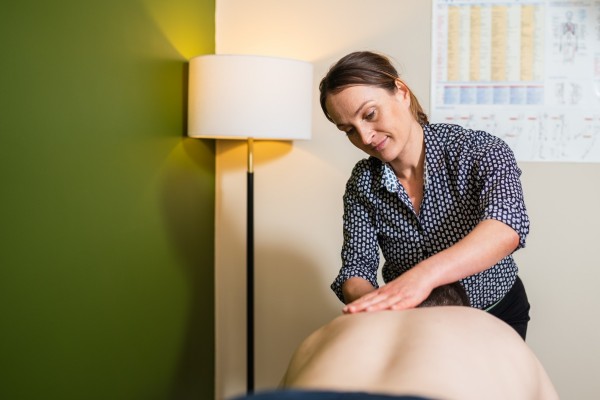Soft Tissues Explained: Know Your Tendon's From Your Ligaments!
Posted Sep 18, 2021 at 08:16
Posted Sep 18, 2021 at 08:16

Normally, when I introduce myself to clients coming for their first myofascial appointment, I say that in this treatment we focus on soft tissues.
Last week I had a client that asked me: � So the tendons and ligaments, I always get them mixed up.�I thought it was a great question and I love when people want to learn more about their body. Let�s have a look then at some basic stuff about soft tissues.
Generally �soft tissues� term is commonly used to describe muscles, tendons, ligaments and fascia. But in fact there are more soft tissues in our body such as skin, fat, all the smooth muscles, blood vessels and so on. When it comes to the myofascial treatment what we mean by soft tissues is what we directly affect which is muscles, tendons, ligaments and fascia.
Muscles are the engine of the movement but also their role is to protect joints. Therefore it is important that muscles are strong but flexible enough to allow for full range of motion in the joint. Weakness in muscles can easily lead to injury and you don�t even need to do anything extreme. For example, weak abdominal muscles can easily lead to lower back pain by encouraging forward leaning posture and less stability when bending, lifting anything or even simply walking. Muscles are made of muscle fibres that can easily stretch and contract.
Fascia is another type of soft tissue. It is a type of connective tissue that surrounds and holds every muscle, organ, blood vessel, bone and nerve fibres in place. It not only supports integrity of the whole organism, but also due to its elasticity allows for smooth movement. It is made of multiple layers that, if in good condition, glide easily and stretch as you move. However, postural issues, some chemical imbalances, dehydration, stress, trauma, repetitive movement, lack of movement, all that can make fascia less stretchy and therefore cause pain and restrictions throughout the body.
Ligaments are tough bands of connective tissue with a lot of strong collagen fibres that attach bone to bone and help stabilize joints. Ligaments have only a few elastic fibres, to allow them to stretch enough to enable the joint to move but their main role is to restrict excessive movement of the joint. Pain deep in the joint, in the passive range of motion (when someone does the movement for you), very often means that there may be some damage to the ligament. Ligaments take a long time to heal.
When a ligament is overstretched or torn, this is called a sprain.
Tendons are also made of strong collagen fibres and elastin. They have more give in them than the ligaments but are not as stretchy as muscles. Tendons attach muscles to bones. When muscle contracts it tugs on the tendon which is attached to the bone which allows movement. For example when biceps contracts it tugs on the tendon that inserts into the radius bone in the forearm, allowing you to bend your elbow.
Overstretched or torn tendons are known as strains. Very common tendon injury is also tendonitis which can happen as a result of overuse and the muscle of that tendon being hypertonic. Tendons also help to absorb some of the impact muscles take as they spring into action.
The musculotendinous junction, the place where the muscle turns into tendon is a common area of injuries.
Hopefully, that explains the very basics of soft tissues. One of the best things you can do to keep them all healthy and functioning at an optimal level is to get adjusted, to make sure that the muscles are fired by the nervous system right and get a massage to release tension, get rid of knots and trigger points.
If you would like to learn more, why not get in touch with us and get yourself booked for initial consultation with one of our clinicians.